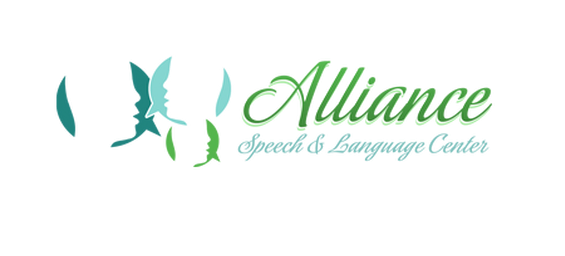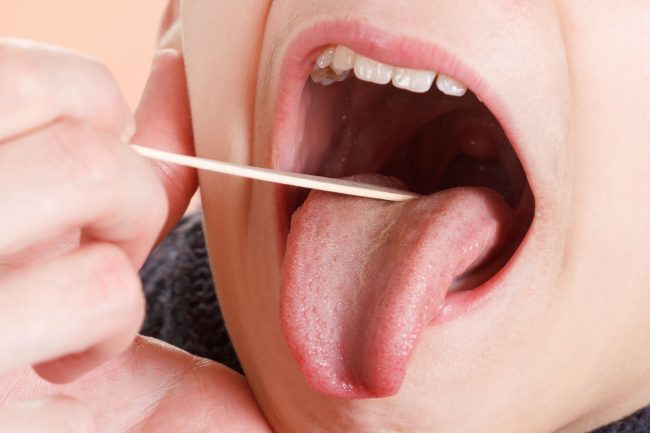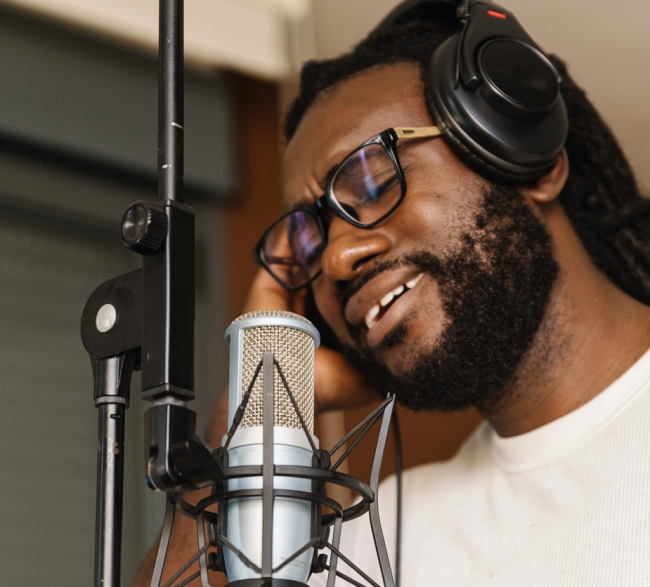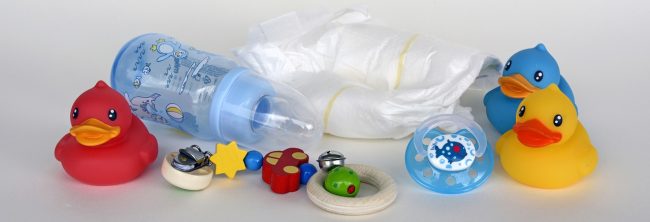Category: Uncategorized
Adult With Tongue Tie Treatment Experience
- by Shira Kirsh

Adult With Tongue Tie Treatment Experience
Many adults are seen with restricted lingual frenum (tongue-tie) and benefit tremendously from a revision. The issues adults have are generally different than those of children. They tend to have tension in their facial muscles, leading to jaw tension and TMJ dysfunction. They may have distorted speech, sleep disordered breathing (SDB), neck and shoulder tension, facial pain or voice strain that also results in a voice disorder. Please click on this link to find out about the experience of one of our adult patients. She acknowledges her various team members who all helped her with her recovery and shares her journey. This patient was seen prior to her revision with a skilled release provider with chiropractic, myofunctional therapy and followed up with both to have the best possible outcome. Kim Seeds, adult and music therapist blogpost
Vocal Cord Dysfunction (VCD or PVFM)
- by Shira Kirsh

Vocal Cord Dysfunction (VCD or PVFM)
Breathing dysfunction is within the scope of practice of SLPs trained in voice disorders. Look for an SLP who has Buteyko training. We can teach you how to breath less, avoiding overbreathing, and have better oxygen delivery to your entire body. Great for athletes and performance, and anyone who has trouble breathing through their nose.
Please Release Me
- by Shira Kirsh
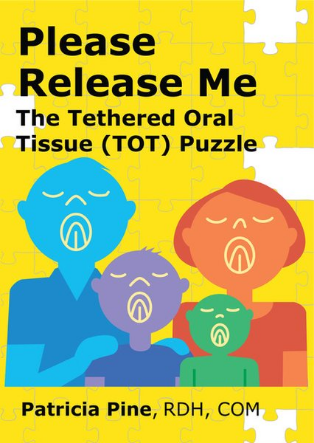
Please Release Me
Please Release Me - The Tethered Oral Tissue Puzzle is for anyone with a tongue. This book is about awareness for patients and professionals on tongue-tie, lip-ties, all tethered tissues, who to see, exercises, what questions to ask. It will be a great resource for parents, patients, and professionals. Keep this book in your pocket for quick reference, share with your referral resources.
Tongue Thrust Disorder: What Treatment Options are Best?
- by Shira Kirsh
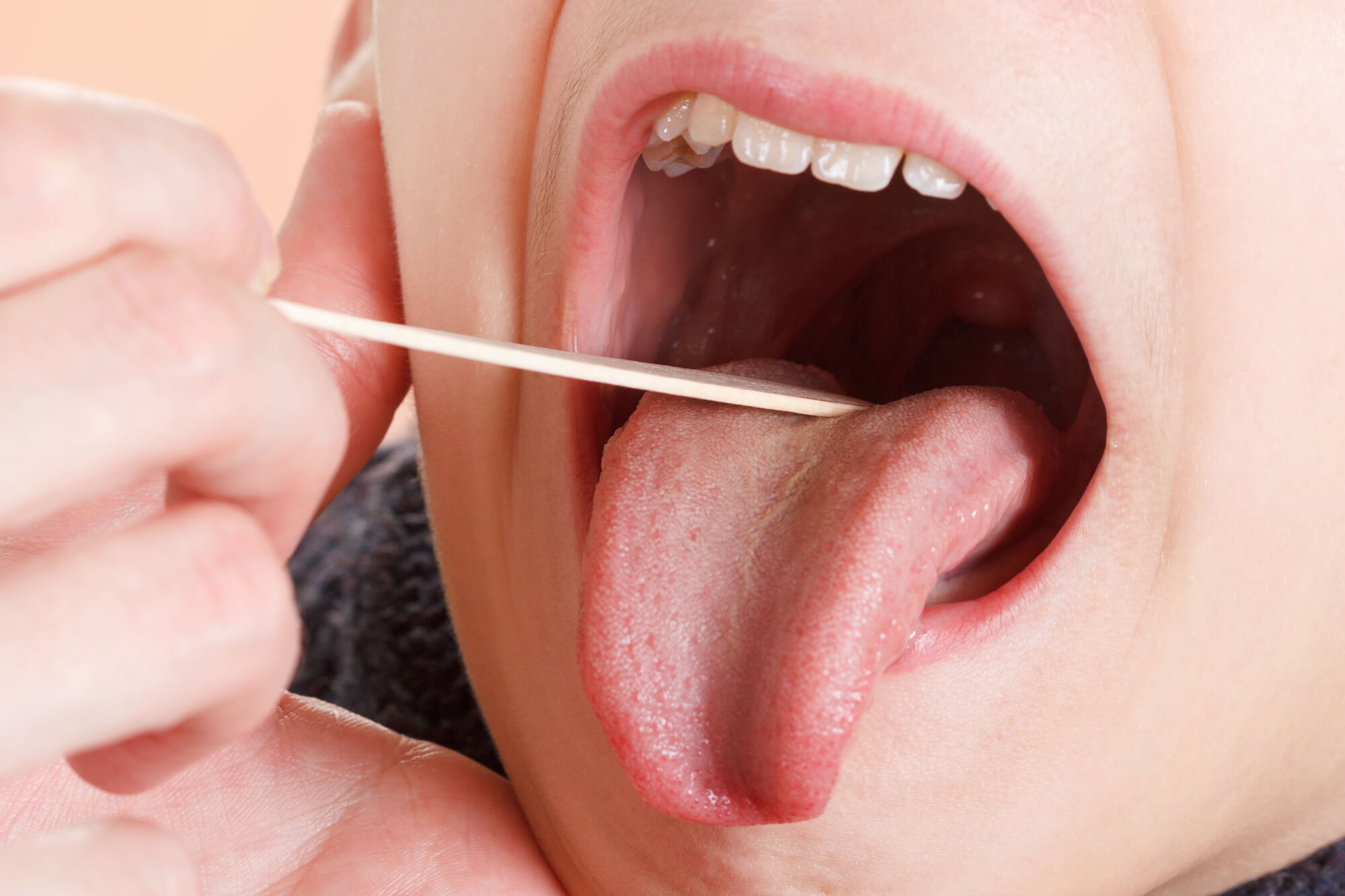
Tongue Thrust Disorder: What Treatment Options are Best?
If you or your child are exhibiting symptoms of a tongue thrust disorder, you’re not alone. Tongue thrust, sometimes also known as reverse swallow, is incredibly common among babies and young children, as well as adults.
The good news is that tongue thrust is a highly treatable condition, once the reason for the tongue thrust is identified with a comprehensive evaluation. Infants and toddlers may also be seen for a tongue thrust, which may impact their feeding, facial muscle development and later their speech when the tongue is seen to push out of the mouth. It is best to consult a licensed speech language pathologist or certified orofacial myologist to determine and treat the cause of the issue. Look for someone who attends continuing education courses in breathing, feeding, swallowing and courses that are related to dental and orthodontic development. You can find one near you at http://orofacialmyologist.org/.
What is Tongue Thrust Disorder?
Tongue thrust disorder is a condition that causes the tongue to rest low and forward in the mouth, instead of on the palate and push either against or between the upper and lower front teeth, during breathing, eating and swallowing or during speech. It may create a malocclusion—in other words, your top and bottom teeth don’t meet properly. While tongue thrusting most often impacts the anterior bite – that is the front teeth, if the thrusting occurs bilaterally – into the side of the mouth, the malocclusion can occur in the lateral or side teeth.
As with any Orofacial Myofunctional Disorder (OMD), tongue thrusts are involuntary and can happen at rest, while swallowing or even during speech. When the thrusting occurs during speech, it can cause a speech impediment, most commonly in the form of a lisp. Only a licensed speech language pathologist can evaluate and treat speech disorders, and those who are trained and preferably certified in orofacial myofunctional disorders are best to address articulation disorders that may be present. The sounds most affected are “s, z, sh, ch, j, zh and r”.
Causes of Tongue Thrust Disorder
Tongue thrusting and other OMDs can be attributed to 3 major factors, including prolonged sucking habits, breathing issues and tethered oral tissues (TOTs), also known as tongue tie or ankyloglossia. Other factors include congenital or inherited conditions.
First, sucking habits such as thumb sucking or extended use of a pacifier or bottle may promote a tongue thrust. For those with a thumb or other digit sucking habit, treatment with an orofacial myofunctional therapist may begin at age 4 of 5 if the child is ready and willing. Working with a feeding therapist who is a certified orofacial myologist may help with infants and toddlers to transition from a bottle or sippy cup to an open cup or straw drinking and exercises to improve the movements of the tongue.
Next, difficulties breathing through the nose may be due to allergies or other structural issues which may result in open mouth breathing. Soft tissue inflammation such as enlarged tonsils or adenoids result in mouth breathing, or mouth breathing may cause the inflamed soft tissue. An orofacial myofunctional therapist would be able to identify the need for a referral to an allergist or ENT in order to determine airway difficulties that might need to be addressed in addition to orofacial myofunctional therapy.
The final major cause of a tongue thrust is TOTs or tethered oral tissue, including an upper lip tie and sublingual or posterior tongue tie. A tongue tie may influence the position and restrict the movement of the tongue. It is a membrane made of collagen that has little stretch to it, that limits the proper resting posture of the tongue and causes a person to develop compensations that lead to abnormal muscle movements or even abnormal growth patterns of the jaw. If left untreated, the behavior can potentially lead to long-term breathing, swallowing and even speech issues—into adulthood.
What to Do if You Suspect Tongue Thrust Disorder
While the symptoms vary from person to person, there are a few key indicators of tongue thrusting, such as mouth breathing, an open bite or a lisp. If you suspect tongue thrust disorder, orofacial myofunctional therapy by a certified orofacial myologist often supports the work of an orthodontist or an airway centric dentist. Orthodontics to fix a malocclusion without orofacial myofunctional therapy can sometimes fail to address the root of the problem, causing orthodontic relapse.
Working with a licensed speech language pathologist that is certified in orofacial myology is the best option to effectively diagnose and treat tongue thrust disorder, as these individuals are able to address the specific muscle patterns causing the behavior and thus provide a long-term solution. You can find one near you at http://orofacialmyologist.org/.
Start the Road to Recovery with Alliance
At Alliance Speech & Language Center, our speech language pathologists and oral facial myologists employ a personalized approach to speech, language, breathing and swallowing issues, ensuring your needs are addressed quickly and comprehensively. We work closely with orthodontists, allergists, ENTs and oral surgeons to develop an effective treatment plan that facilitates a permanent recovery for you or your little one.
To learn more about Alliance Speech & Language Center and the conditions we treat, or to schedule an appointment with one of our speech therapists, please contact us.
The Dental Diet
- by Shira Kirsh
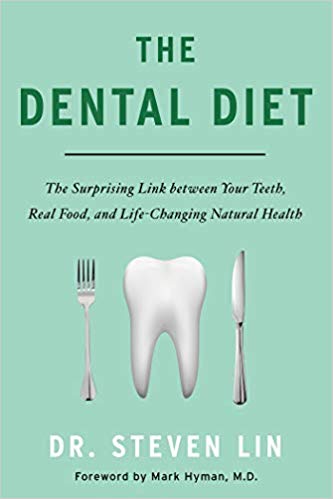
The Dental Diet
The oral microbiome affects our overall health as the dental-body connection is explained. Dr. Lin also provides a 40 day action plan including delicious recipes he created.
The Listening Program®
- by Shira Kirsh

The Listening Program®
Often, the first step in improving speech and language is to improve one’s listening ability. How we pay attention to sound has a direct impact on what we hear and what we say.
The Listen Program® (TLP) is a portable, music- based auditory stimulation program that requires only one or two 15- minute listening sessions per day. Typically, TLP is conducted in two cycles of 10 weeks each. During the program, specially produced music is used to stimulate the auditory system and improve the way sound is processed in the brain with repeated exposure. The end result can include improved speech and language skills.
How it Works: Throughout the program, patients listen to beautiful, spatially engineered classical music on high-quality headphones. The purpose is to expose the listener to different timing, frequencies, and volumes, and simulation of movement, which stimulate different areas of the brain.
The newest delivery of the beautiful classical music is online, which is streamed on any smartphone or tablet, and on either PC or Mac computers, for your convenience. Bone Conduction, whereby the music is heard by vibration of the sound through the skull in addition to the auditory mode via the ears. The addition of Bone Conduction listening results in faster and more dramatic changes than just by air conduction alone.
Who can benefit from TLP? Children as young as two years of age may use TLP. Those who are sensitive to loud or high pitched sounds benefit greatly from the gradual desensitization that TLP provides over time. Those who are working on speech or language skills and auditory processing weaknesses (APD) will find that supplementing therapy with TLP boosts learning. TLP can also help those working to reduce foreign accents. Learn more about Foreign Accent Modification at Alliance Speech & Language Center.
TLP is always part of a larger treatment plan. TLP is typically used in conjunction with traditional therapeutic techniques or other brain-based programs such as Learning Ears or Interactive Metronome for accelerated results. It is not meant as a stand- alone program.
Untangling spoken words
- by Shira Kirsh
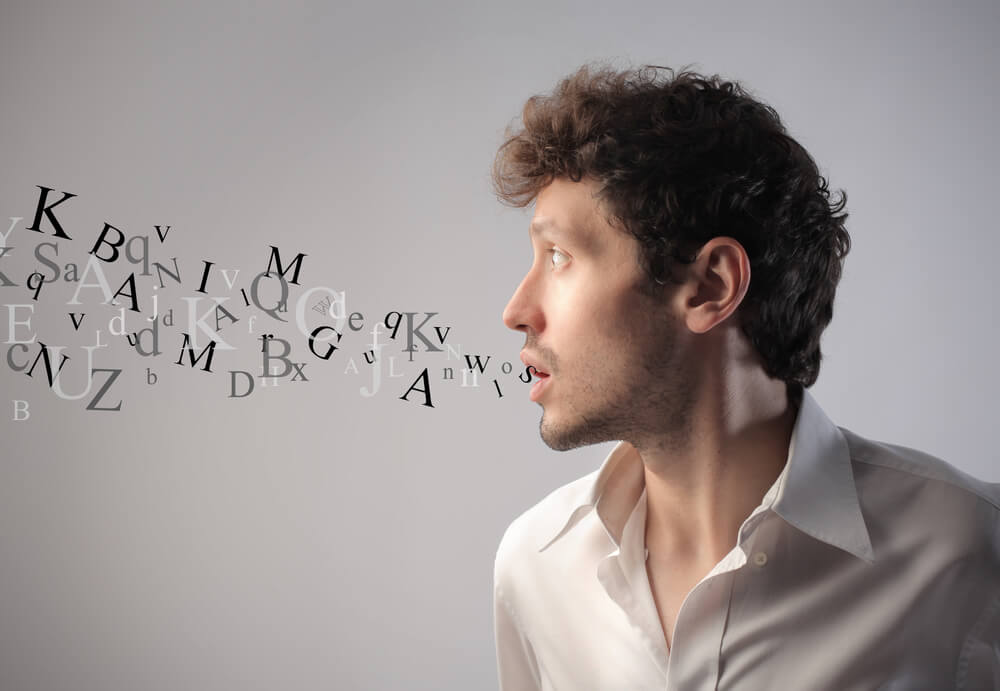
Untangling spoken words
Being able to listen to two conversations at once: an intriguing one filled with gossip and one not so interesting but directed to the listener — might be an inherited skill, according to research by the National Institutes of Health.
The listener uses changes in pitch, the direction of sound, time delays between different sounds, and the onset, or the starting and stopping, of speech to separate the two conversations, says Didier Depireux, assistant professor of anatomy and neurobiology at the University of Maryland School of Medicine in
Baltimore.
A listener with an auditory processing disorder (APD) — a broad and complex group of disorders that make it difficult to process the spoken language even though hearing acuity is fine — will find it hard to extract the different sounds and focus on one sound source, says Mr. Depireux, who holds a doctorate in physics.
“Kids who have these disorders can perceive sounds, but they have difficulty putting the sounds together,” Mr. Depireux says.
An NIH study on the ability to listen to two conversations at once may help researchers better understand APD. The study, conducted from 2002 to 2005 by the National Institute on Deafness and Other Communication Disorders (NIDCD), looked at 194 same-sex pairs of fraternal and identical twins to determine whether auditory processing skills are inherited.
The findings of the study, which were published last year, were based on the results of five tests that identify auditory processing difficulties in children and adults. In four of the tests, the researchers found a significantly higher correlation among identical twins than fraternal twins, indicating that auditory processing ability is genetic. Three of the tests had the twins listen to two different onesyllable words or nonsense syllables simultaneously in the right and left ears, while the fourth sped up words played into the right ear.
According to the study, dichotic listening ability, or the ability to identify words and nonsense syllables entering both ears, is 73 percent because of genetic differences, the same as other inherited traits such as height and type 1 diabetes, as stated on the NIDCD’s Web site (www.nidcd.nih .gov).”It’s one thing to prove something is inheritable. It’s another to find the gene,” says Chris Zalewski, clinical research audiologist for NIDCD, adding that the next step for researchers is to identify the particular gene or genes responsible for dichotic listening ability.
APD includes a variety of difficulties with processing spoken language, including distinguishing spoken messages from background noise, discriminating among different sounds, localizing the source of a sound, and sequencing sounds into words, says Maxine Young, an audiologist with a private practice in Broomall, Pa., in her white paper “Recognizing and Treating Children With Central Auditory Processing Disorders.”
“When the signal from the peripheral part of the ear enters into the central nervous system, there’s some degradation of that signal, so what people with processing problems interpret is different than what’s actually been said,” says Ms. Young, an adjunct faculty member who teaches about auditory processing disorders at the Pennsylvania College of Optometry in Elkins Park, Pa. APD can make it difficult to learn to read, which is an auditory task built on learning sounds, and to understand a list of instructions that have to be remembered with the critical words processed, Ms. Young says.
“These kids work harder; they have to use more energy, like with listening to an accent, to figure out speech,” she says.
The introduction of new vocabulary or topics can cause an auditory overload, as can a list of instructions, when they’re trying to process an ongoing conversation, Ms. Young says.
“They seem to tune out when there’s too much oral language,” she says. “They appear to have difficulty paying attention, but this is not attention deficit disorder.”
Those with APD may frequently say “What?” or “Huh?” after hearing but not understanding a spoken message, says Teri James Bellis, associate professor and chairwoman of the department of communication disorders at the University of South Dakota in Vermillion. She is the author of several books, including “When the Brain Can’t Hear: Unraveling the Mystery of Auditory Processing Disorder,” published in 2002.
“Auditory processing is the brain’s ability, the ability of the central nervous system, to use incoming auditory information to represent it accurately,” says Ms. James Bellis, who holds a doctorate in audiology and hearing sciences with specialty certification in language and cognition. “Broadly defined, it’s the efficiency and effectiveness by which the auditory system uses auditory information.
Auditory processing is a complex process from the time the ear hears sound to when the brain processes and interprets what was said, Mr. Zalewski says. “The ear receives sound and sends neural signals to the brain in a complex fashion where we interpret sound and make it meaningful,” he says. Sound waves in the environment are converted from mechanical energy to neural pulses in the inner ear, says Carmen C. Brewer, chief of audiology in the otolaryngology branch at NIDCD.
“It’s not a straight-up signal from the ear to the brain,” says Ms. Brewer, who holds a doctorate in audiology.
The signals are crossed in the brain as most are sent to the hemisphere opposite the ear receiving the sound, allowing for comparison of the signals at the brain stem and cortex levels, she says.
“It can provide a little bit of redundancy to an auditory signal,” Mr. Zalewski says, adding that the redundancy allows for analysis of the sound, such as its localization and lateralization, or simply where the sound is coming from. Those with APD have difficulty with this analysis, he says.
“APD is a problem in how complex sound like speech is processed. This processing problem can occur at one or multiple points along the auditory pathway,” Mr. Zalewski says.
Feeding Aversion by Lori Overland, MS, CCC-SLP
- by Shira Kirsh

Feeding Aversion by Lori Overland, MS, CCC-SLP
For most of us, mealtime is a rewarding and enjoyable time of the day. We look forward to both the food and the social interaction. Imagine walking into your home and smelling fresh cookies baking or soup simmering. You hear the clanking of pots and pans and the whirl of the food processor. You ay associate the sounds and sells with familiar food and start to salivate. Your first thought may be, “How long until dinner?” For many of the clients we work with, mealtimes are frightening and challenging rather than enjoyable. Over the years, I have received countless numbers of referrals for children who reportedly had “behavioral feeding aversions. The vast majority of these clients have feeding aversions or “behavioral feeding issues. In some cases, well meaning families or therapists have actually created these aversions. Strict behavioral intervention programs may not recognize or treat the sensory or motor etiology of feeding disorders.
Consider the cases outlined below:
Jason is a five year old boy with a diagnosis of pervasive developmental delay. He is extremely hyper-sensitive to high pitched sounds. As his mother begins the preparations or dinner, Jason puts his fingers in his ears and begins rocking back and forth. The hum of the microwave and the buzz of the blender increase the intensity of Jason’s protests. Jason screams as his parents try to put him in a chair for dinner. Jason’s pediatrician suggests that he has behavioral issues. A more accurate assessment of Jason’s feeding aversion may be that his hearing sensitivities are so significant that the kitchen has become an unpleasant place for him to be.
Sarah is a ten-month-old baby girl. Initially she had trouble with bottle feedings which required several nipple and formula changes. She has a history of gastrointestinal reflux, which was addressed with position changes, thickened formula and eventually resolve with medication. She was also a difficult to calm baby who required complicated routines for bath time, dressing/undressing and bedtime. At six months of age, rice cereal was introduced. Sarah gagged and spit up. Her parents tried a variety of baby cereals, fruits and vegetables over the next few months. Sarah’s reaction was generally the same. She turned her head, pushed the food away and gagged on anything her parents were able to get into he mouth. Her parents were advised to ‘give her time and sell get used to food.” Her doctor was not overly concerned because he weight was staying on the charts due to her formula intake. Her parents were frantic. Through a sensory diet program we discovered that Sarah’s reaction to baby applesauce was very different if we put it in the freezer for fifteen minutes prior to a meal. She actually became an active participant in the mealtime experience! While dining in an Italian restaurant, her mother discovered that “Penne ala Vodka” was her favorite food. The bland taste of baby food and lukewarm temperature did not give Sarah enough information to be able to handle food successfully. In addition, her early bout with reflux made feeding an uncomfortable time of the day. Addressing underlying medical concerns improved her ability to handle feeding. A sensor diet which respected Sarah’s need for increased information made food considerably more enjoyable.
Alexandra is a two-year-old girl with a diagnosis of Down Syndrome. She reportedly did “fine” on a bottle and with pureed foods. When solid foods were introduced at approximately nine months of age, Alexandra had repeated incidents of gagging and choking. Initially, she would try any solid foods presented, but she reportedly became a “picky eater.” By fifteen months of age, she would only eat pureed foods or crunchy, salty foods, such as Goldfish and crackers. She will sometimes put a solid food she deem acceptable into her mouth, suck on it and push it out with her tongue. As I observe Alexandra eating, I note her primary pattern continues to be a suckle with both pureed foods and solid foods. Her mother has been told that Alexandra only eats purees because he “gets away with it.” I suspect Alexandra is afraid to eat solid foods. Due to low muscle tone, reduced strength and mobility in her jaw, lips, cheeks and tongue, she does not have the motor skills to chew food effectively. She is willing o eat highly salted snacks which will break down easily in her mouth. Other high tasty foods may be explored to experience the flavor and then pushed out the oral cavity using an infantile suckle pattern. As Alexandra has learned to chew, other food textures have become safe and acceptable to her.
In all of these case presentations, sensory and motor limitations contributed significantly to the “feeding aversion.” Families and therapists frequently give children with special needs foods that they do not have motor skills to handle or foods that do not address their sensory deficits. The response is often gagging, choking and throwing up. The subsequent learned reaction is to refuse to eat these food textures or tastes when they are presented. Sell meaning therapists and families are so concerned with nutrition that they miss the underlying issues which limit a child’s ability or willingness to eat. The practice of “force feeding” clients is another factor which contributes to behavioral feeding problems. The message we give children is, “I bigger thank you and I can make you eat.” The result is a lack of trust the child has for the therapist or caretaker. Our clients cannot always communicate their needs effectively, and we may miss subtle communication attempts. The diagnosis of feeding aversion or behavioral feeding problem does not always adequately represent the issues.
A comprehensive feeding evaluation must include assessment of both motor and sensory skills. Adequate respiration and postural stability are your first considerations, as stability in the body will support mobility in the mouth. Then, oral phase skills such as lip closure, tongue retraction tongue bowling, tongue lateralization and tongue tip elevation should be assessed. A five-day baseline diet, analyzed in terms of taste, texture and temperature should serve as an initial exploration of a client’s sensory preferences. Your therapy plan should focus on facilitating the motor skills required to handle feeding. Exploration of taste, texture and temperature variables should be done slowly, with only one change made at a time. Use sensory variables, such as taste and temperature, to facilitate changes in motor skills. (For example, in Sarah’s case, the addition of cold temperature to her applesauce gave her more information and encouraged increased lip closure on the spoon and more effective tongue retraction to move the bolus back in the oral cavity.) As changes are noted in motor development, a client will be better ale to handle an increased variety of textures; the client will have been an active participant in sensory exploration in the feeding interaction. Improved feeding skills will b supported by the development of trust in the caretaker/client or therapist/client relationship. For clients with underlying sensory and motor issues, behavior management approaches should be considered as secondary to sensory/motor goals.
Feeding Strategies in Babies with Down Syndrome
- by Shira Kirsh
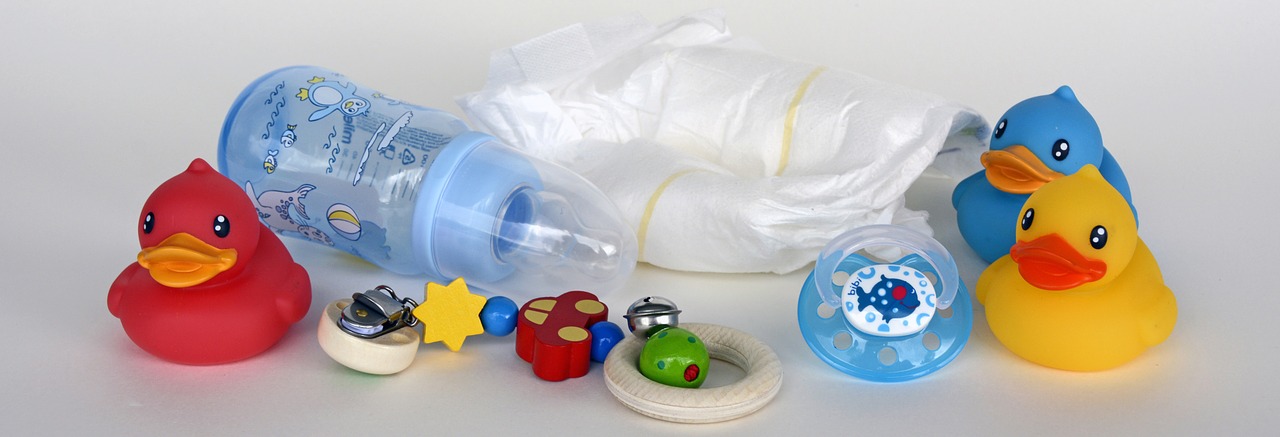
Feeding Strategies in Babies with Down Syndrome
Babies with Down Syndrome commonly have developing difficulties with speech and swallowing which may be addressed very early. Your baby is likely to have low oral tone including the muscles of the oral cavity. The lips and tongue are especially at risk to develop less strength that is needed as your baby grows, necessary for breast or bottle feeding, eating and speech. Because of the low tone, the tongue appears oversized, flaccid with a rounded tip and frequently at rest between the gums.
The tongue is very important in feeding. The soft palate or roof of the mouth is a soft spot growth plate like the fontanelles on he head, which eventually close as your baby grows. The stimulation of sucking the tongue against the palate is important to stimulate this closure. There is also a connection with fluid in the ears, another common problem in babies with Down Syndrome. It is critical that she sits upright to feed, with her ears higher than the mouth, to reduce the likelihood of ear fluid. Place the nipple lower than your baby’s mouth. If the tongue stimulates the palate during sucking adequately, which will also occur with proper positioning, the palate will develop in a smooth, arched manner. If her mouth is closed, her tongue is in an active phase of toning against the palate. If not, a high narrow palatal vault with a bony notch will develop. If fed in a reclined posture, your baby is susceptible to ear infections. Reclined feeding may encourage mouth breathing thereby generating more mucous in the nose which would the drain to the ear by way of the Eustachian tube.
For young infants, use a Playtex Nurser with the bag liners. Take the baby’s lead. When he sucks, press the bag to increase the volume of liquid drawn in by the tongue. He will exercise his tongue every time you press. Don’t press if the baby stops to breathe or swallow. Let the baby rest when he needs to because his endurance may be poor. Your baby will be exercising his tongue every time you press, and increase the strength of his tongue.
Babies over 8 months may be ready to use a straw which will exercise their tongue by sucking through it. It will help her retract or pull back her tongue while pursing he lips. The first straw should be straight and short, and the baby may need to tae a large amount of the straw in her mouth. As the baby increases her tongue strength, allow les and less of the straw to go into her mouth, so the tongue can be further challenged. As the baby improves her ability to use only” of a straw into her mouth to suck, give her a longer straw. The Party stores sell all kinds of straws with twists and turns that are colorful and attractive. Gradually add more complex straws as your child is able to use each one.
